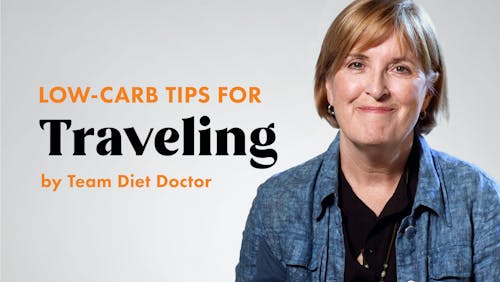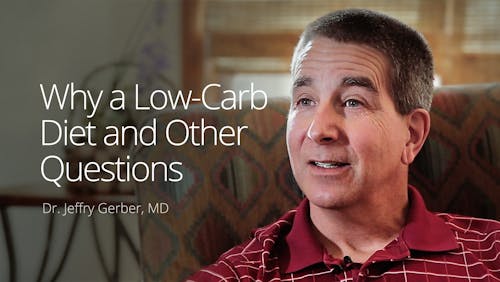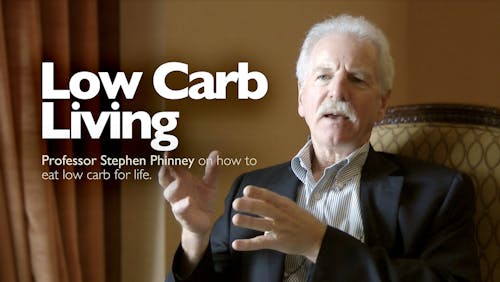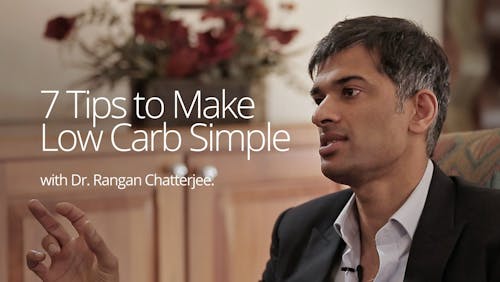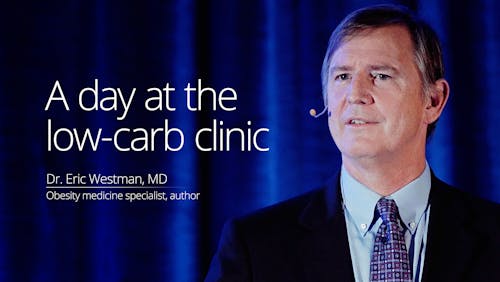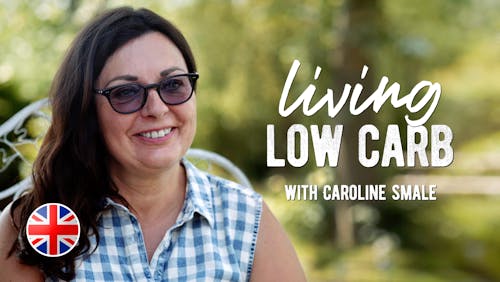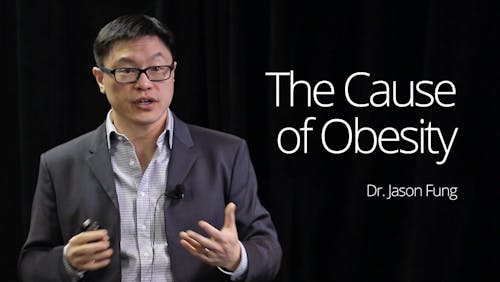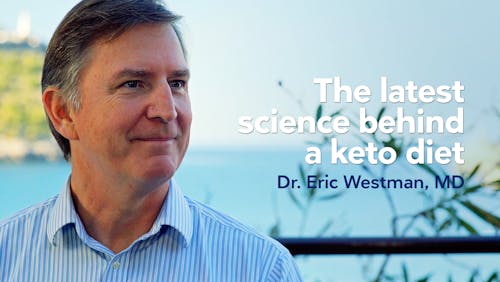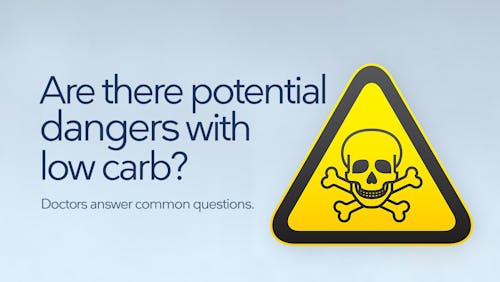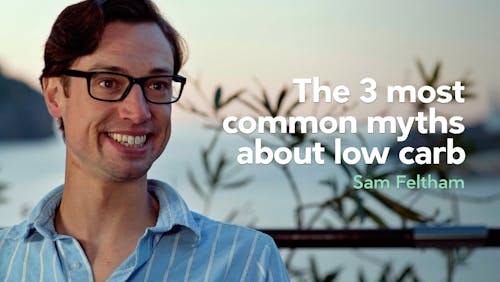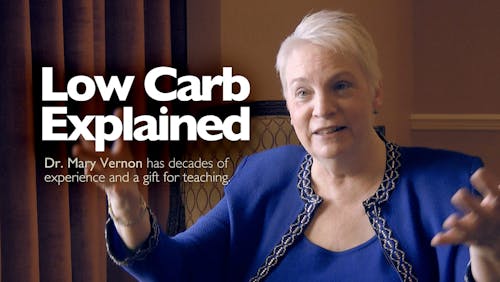Who is to blame for the obesity epidemic?

Should obese people blame themselves for their weight problems? Is it really just a matter of having the self control of eating less and exercising more? If you look at a picture of a crowded place from, let’s say, the early 70’s, you’ll find that there are almost no obese people what so ever. They are all skinny! So what has happened since then? In this The Guardian Opinion article, columnist George Monbiot dives deep into what made so many people overweight.
Monibot has a few theories of what might have been the cause, such as: That we eat more than we used to, the decline in manual labor, lack of exercise, etc. But evidence shows that none of these theories add up. So, he turns his attention to nutrition figures in detail and there is no question of what we eat has massively changed:
Today, we buy half as much fresh milk per person, but five times more yogurt, three times more ice cream and – wait for it – 39 times as many dairy desserts. We buy half as many eggs as in 1976, but a third more breakfast cereals and twice the cereal snacks; half the total potatoes, but three times the crisps. While our direct purchases of sugar have sharply declined, the sugar we consume in drinks and confectionery is likely to have rocketed.
The amount of sugar has obviously skyrocketed and whole foods have decreased. And alongside this, the obesity epidemic has exploded. But has this shift happened by accident? Probably not. It seems to be a very conscious action by food companies who have invested heavily in various tactics to keep people hooked on certain foods, tactics such as designing products that use sugar to bypass our natural appetite control mechanisms. Despite that, 90% of policymakers are blaming obese people for not having the “personal motivation” to do something about it.
So, who is really to blame here?
Read the full article here:
The Guardian: We’re in a new age of obesity. How did it happen? You’d be surprised
Earlier
Why is there an obesity epidemic among Thai monks?
Dr. Ludwig in the NYT: The toll of America’s obesity


